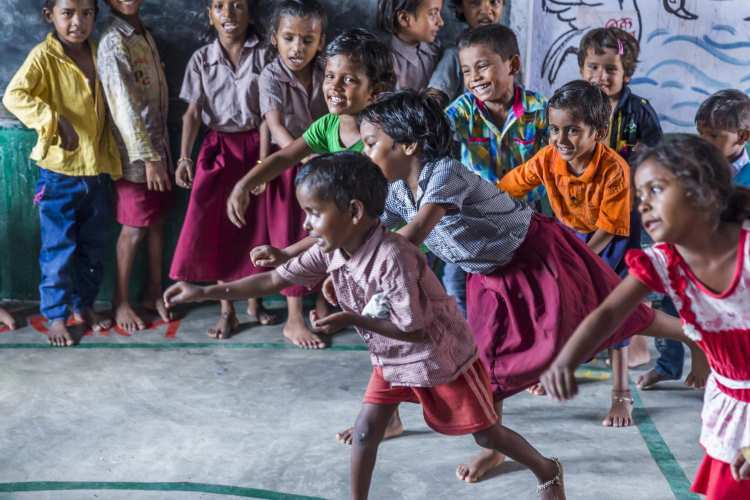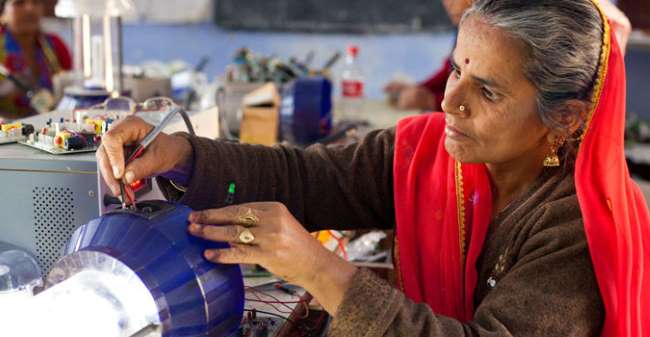
Gender inequality is a pervasive issue that exists in every society, but it is especially severe in many developing countries. Women and girls in these countries often have fewer educational opportunities, less autonomy over marriage and fertility, and more restrictions on labour force participation. Recent research has shown that cultural norms play a significant role in perpetuating gender gaps. However, there is also evidence that these norms can be changed through discussion and persuasion.
An innovative study on the gender attitudes in India, initiated over a decade ago has made significant progress. The project, led by the author along with Diva Dhar and Tarun Jain, seeks to address persistent gender disparities in India through an educational intervention in schools. The project’s evolution over eight years offers a compelling narrative of how educational settings can be leveraged to challenge and change deep-seated gender norms and attitudes.
READ I G20 leaders pledge to promote gender equality in labour market
Entrenched gender inequality
Historically, India’s journey towards gender equality has been a complex one. Despite economic growth and progress in various sectors, certain aspects of gender inequality remain stubbornly persistent or have even worsened over time. Two glaring examples are the skewed sex ratio and the decline in female employment outside the home. These issues are not merely statistical anomalies but are symptomatic of deeply entrenched societal attitudes and beliefs regarding the roles and capabilities of men and women.

This backdrop set the stage for an ambitious educational intervention focused on secondary school students in Haryana. The intervention integrated a curriculum on gender equality into the regular school day. Unlike traditional lecture-based approaches, this curriculum was discussion-based and interactive, encouraging students to critically engage with issues of gender inequality and injustice.
The rationale for targeting school-aged children was twofold. Firstly, this age group is at a critical juncture where attitudes and beliefs are still malleable. Secondly, schools offer a unique platform for societal change due to their high enrolment rates and their role in shaping future generations. The intervention, lasting two and a half years, aimed to instil more progressive gender attitudes among both boys and girls.
Fresh insights from the study
Initial results, published in 2022, were promising. They indicated that both boys and girls who underwent the programme developed more progressive attitudes towards gender equality. However, a notable observation was that the attitudes among boys not only improved but also showed more persistence over time. This finding underscores the importance of involving boys and men in efforts to change gender norms.
The latest eight-year follow-up study provides further insights. While the programme did not significantly alter some hard outcomes like women’s educational attainment or employment rates, it did leave a lasting impact on participants’ attitudes. Interestingly, the programme also appeared to influence the participants’ families. Fathers of sons who participated exhibited more progressive gender attitudes. This spillover effect suggests that changes in individual attitudes can potentially ripple through families and communities, slowly shifting broader societal norms.
Additionally, the programme had a positive impact on young women’s personal autonomy, indicating that it empowered them in tangible ways, like having more control over their lives and decisions. This aspect is particularly crucial as it translates belief into action, a critical step in the journey toward gender equality.
As the project moves forward, the focus remains on tracking long-term outcomes. These include the impact on female employment, the attitudes and behaviours of male participants once they marry, and even the sex composition of their children. The ultimate test of the intervention’s success will be its ability to influence these critical life choices and societal metrics.
Encouraged by the initial success, two Indian states, Punjab and Orissa, have scaled up the curriculum. The challenge now is to replicate the programme’s effectiveness with government teachers, who may not share the same level of commitment to gender equality as NGO educators. This scaling up represents a significant step in institutionalising gender equality education, albeit with the understanding that the impact might vary when implemented on a larger scale.
This project offers a model for how targeted educational interventions can be a powerful tool in addressing deeply rooted societal issues like gender inequality. By focusing on the younger generation and leveraging the educational system, it is possible to foster a more equitable society. The project’s journey and its outcomes are a testament to the potential of education not just as a tool for individual development but as a catalyst for societal change.
(Seema Jayachandran is Professor of Economics at Princeton University. This article is the edited version of her speech at an online discussion organised by EGROW Foundation, a Noida-based think tank.)
